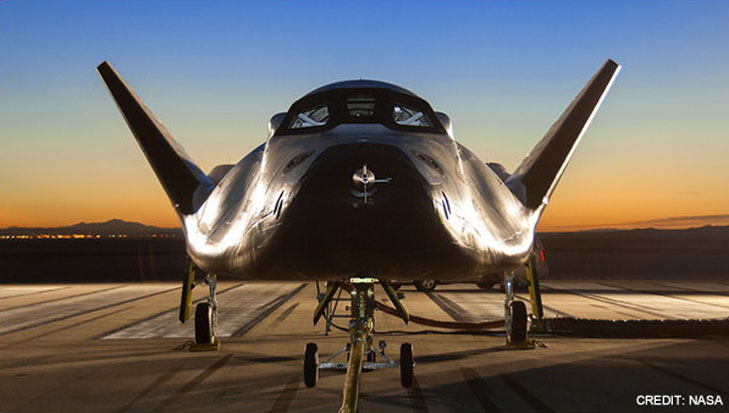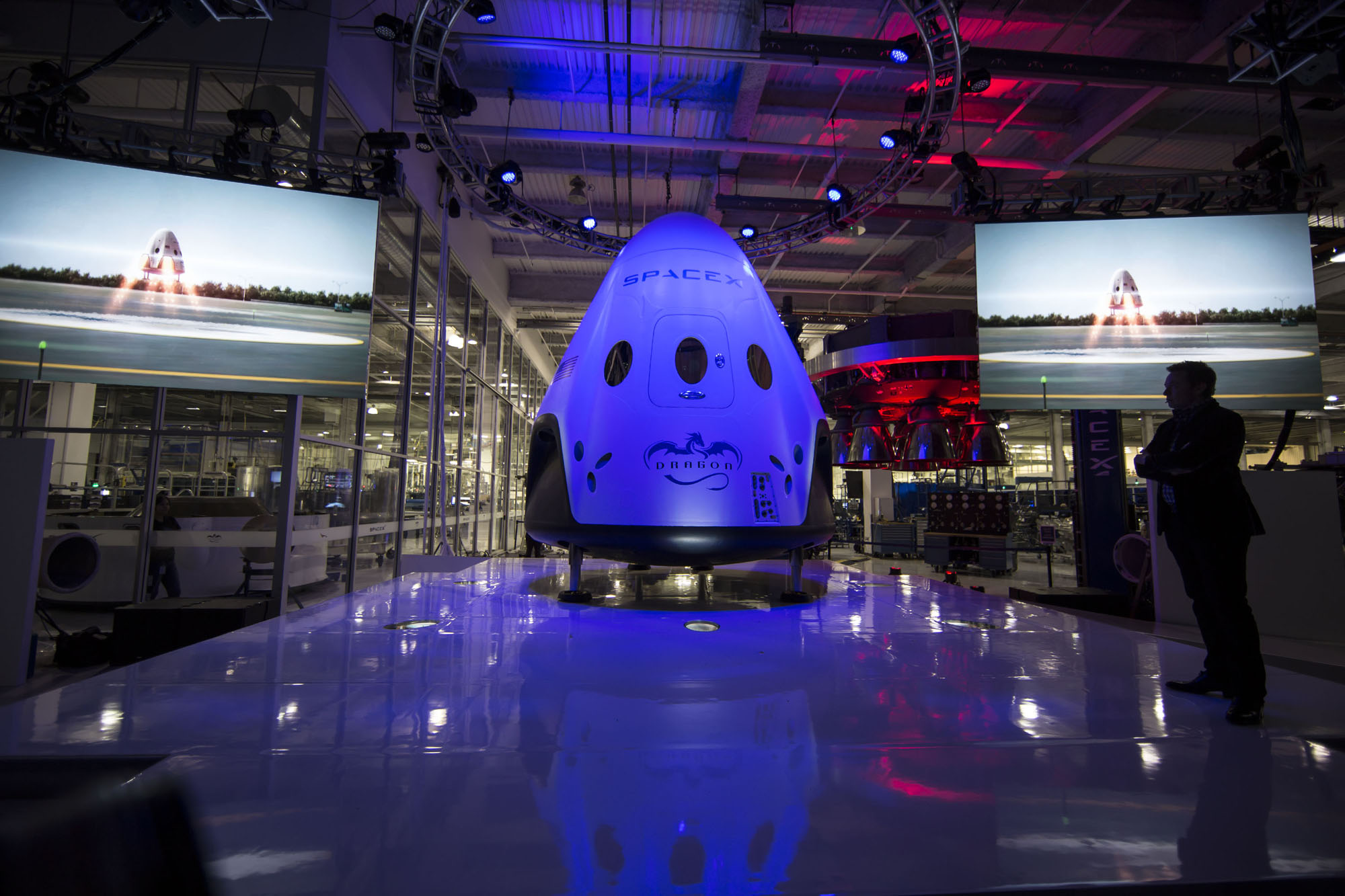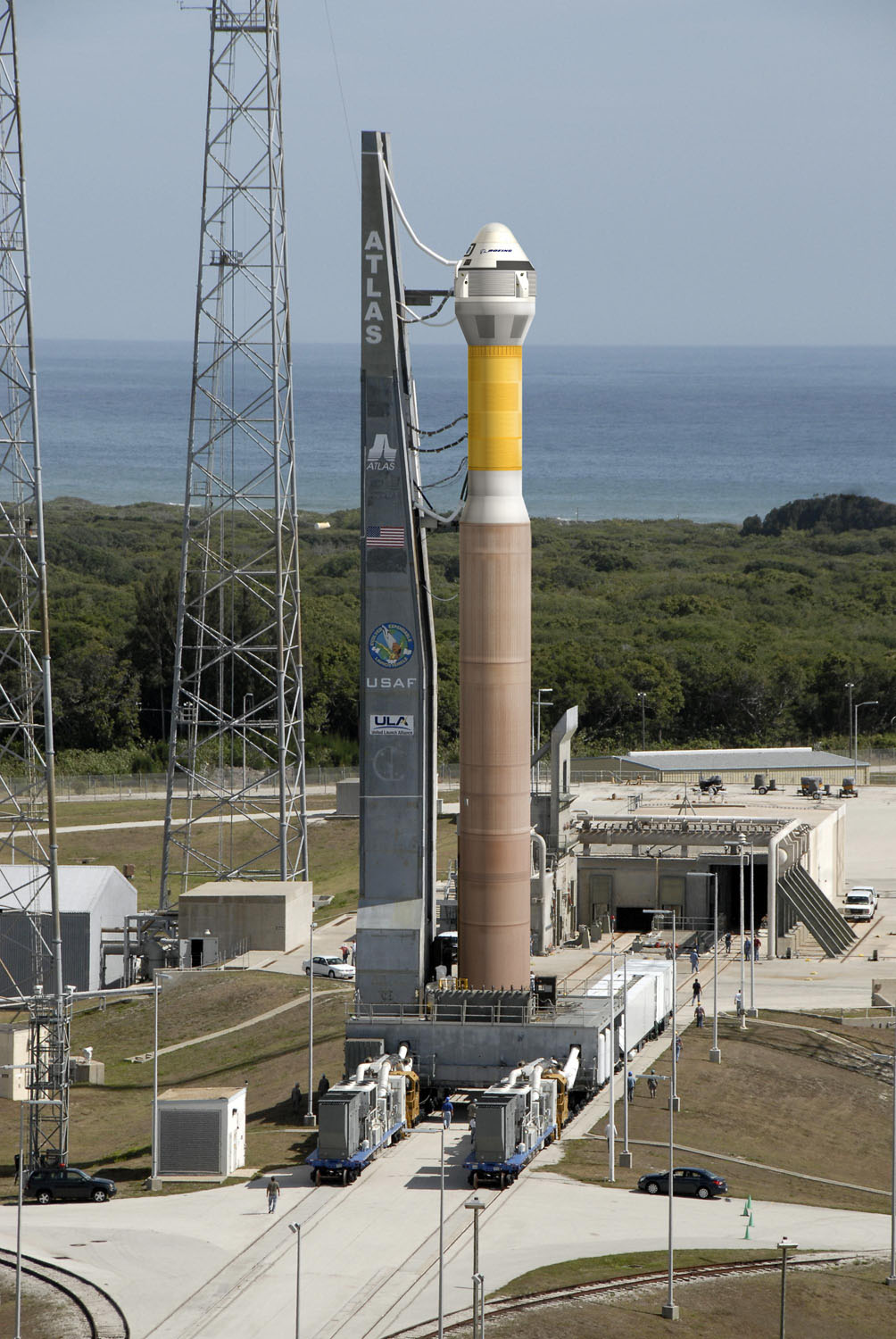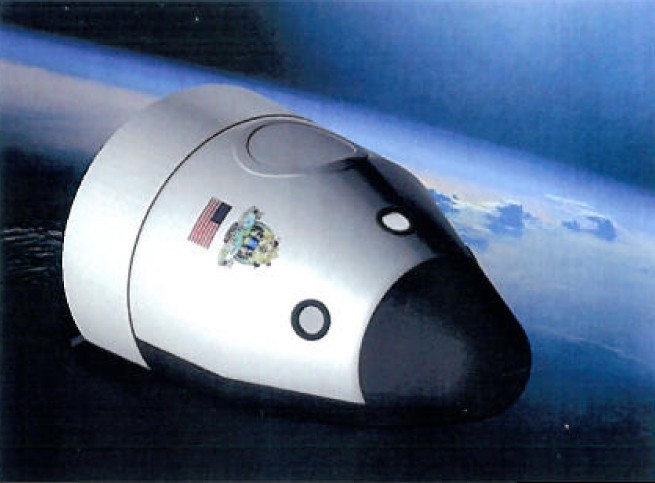
The world could know by the end of the week which private spaceship is going to fly NASA astronauts to and from the International Space Station.
The space agency is about to give out its Commercial Crew Transportation Capability contract, or CCtCap, the last in a series of awards and agreements NASA began putting in place in 2010 to encourage the development of private space taxis for American astronauts.
While one winner is widely expected, it's possible that NASA will tap multiple companies, agency officials said. [SpaceX's Manned Dragon V2 Spaceship in Photos]

"NASA has not specified a set number of awards under CCtCap," NASA officials wrote in a blog post last week. "In late August or September, the agency will select the company or companies that will build an operational space transportation system."
Four companies remain in the running for the final contract — Blue Origin, Boeing, SpaceX and Sierra Nevada. Two of them are led by billionaires; Amazon.com founder Jeff Bezos heads Blue Origin, while SpaceX's CEO is entrepreneur Elon Musk.

Blue Origin is developing a conical craft called the Space Vehicle, while Boeing and SpaceX are building capsules called the CST-100 and Dragon, respectively. Sierra Nevada's entry is a space plane named Dream Chaser.
NASA wants at least one of these vehicles to be up and running by 2017. The agency has relied on Russia to provide manned flights to and from low-Earth orbit since the retirement of the space shuttle fleet in 2011. NASA is currently paying about $70 million per seat to fly its astronauts aboard Russia's Soyuz capsule.
Get the Space.com Newsletter
Breaking space news, the latest updates on rocket launches, skywatching events and more!

NASA views its commercial crew program as a way to free up some of the agency's limited resources for other, more ambitious projects.
"By encouraging private companies to provide human transportation services to and from low-Earth orbit — a region NASA's been visiting since 1962 — the nation's space agency can focus on getting the most research and experience out of America's investment in the International Space Station," officials wrote in last week's blog post. "NASA also can focus on building spacecraft and rockets for deep-space missions, including flights to Mars in the 2030s."
The space agency also looks to the private sector to provide cargo services to the orbiting lab. NASA signed billion-dollar deals with Orbital Sciences and SpaceX to make unmanned supply runs to the space station, and both companies already have successful cargo missions under their belts. SpaceX uses a robotic version of Dragon for this purpose.
Follow Mike Wall on Twitter @michaeldwall and Google+. Follow us @Spacedotcom, Facebook or Google+. Originally published on Space.com.
Join our Space Forums to keep talking space on the latest missions, night sky and more! And if you have a news tip, correction or comment, let us know at: community@space.com.

Michael Wall is a Senior Space Writer with Space.com and joined the team in 2010. He primarily covers exoplanets, spaceflight and military space, but has been known to dabble in the space art beat. His book about the search for alien life, "Out There," was published on Nov. 13, 2018. Before becoming a science writer, Michael worked as a herpetologist and wildlife biologist. He has a Ph.D. in evolutionary biology from the University of Sydney, Australia, a bachelor's degree from the University of Arizona, and a graduate certificate in science writing from the University of California, Santa Cruz. To find out what his latest project is, you can follow Michael on Twitter.









